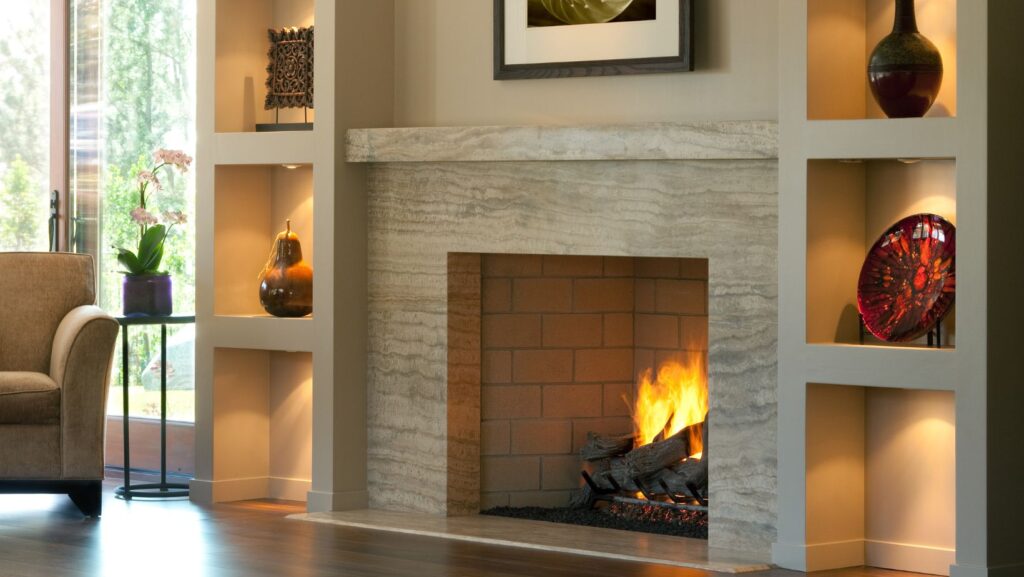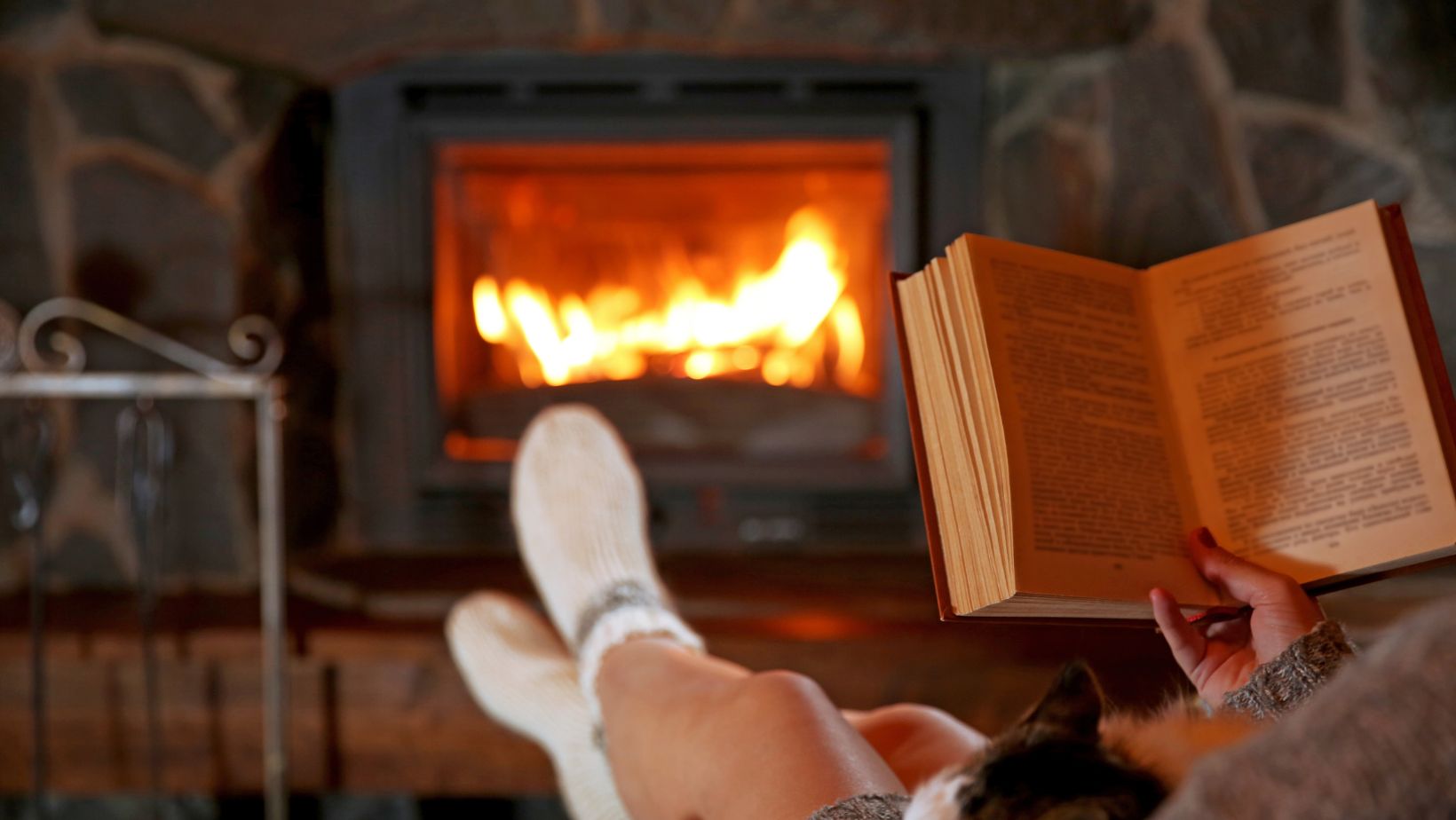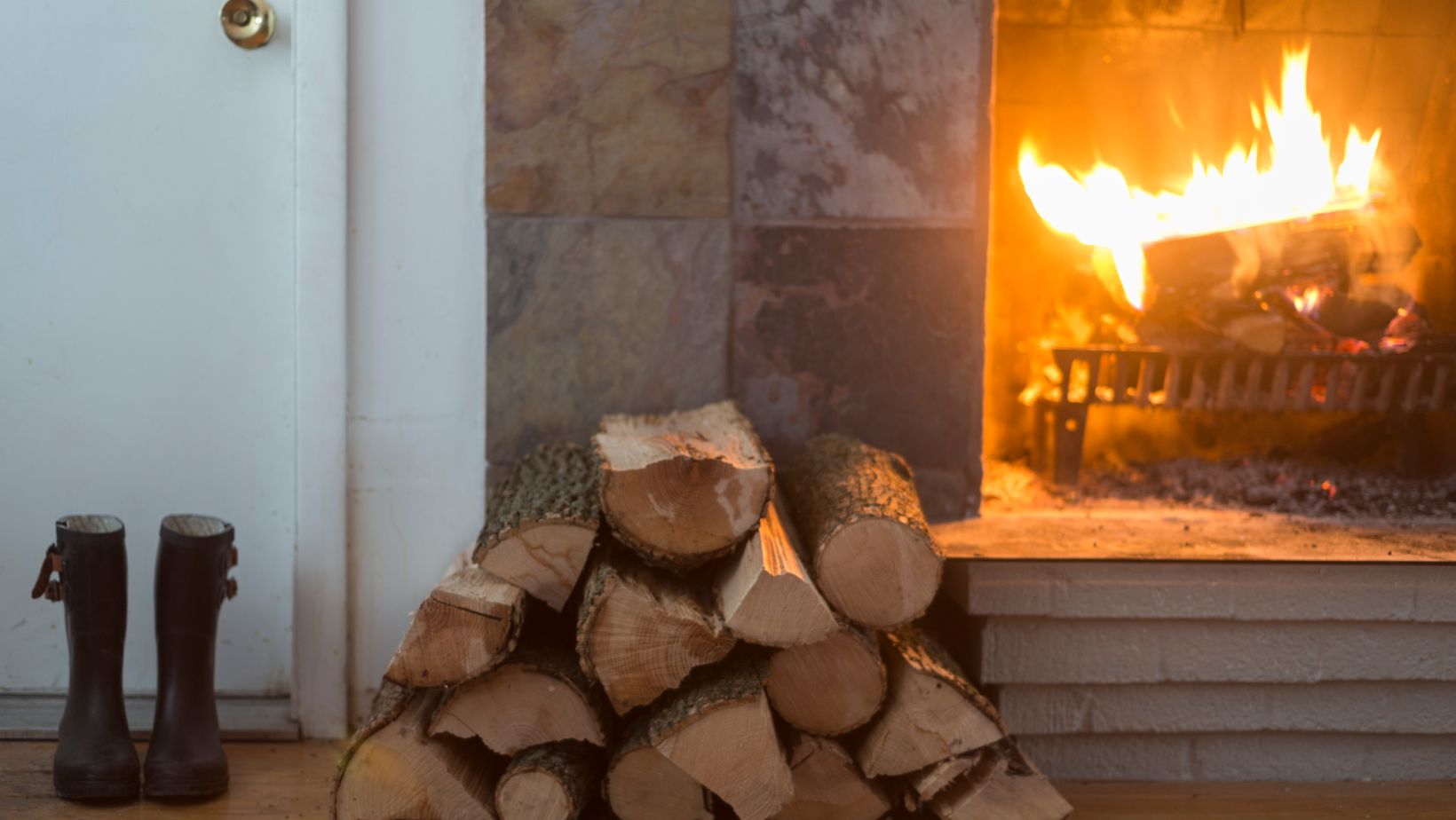Indoor fireplaces have been integral to human comfort and architectural design for centuries, offering warmth, ambiance, and a focal point for gathering. From ancient hearths to modern marvels, fireplaces have evolved significantly, incorporating various construction techniques and materials. This article explores the rich history, essential components, diverse types, construction techniques, design considerations, maintenance tips, environmental impact, and regulatory aspects of indoor fireplaces, providing a comprehensive guide for homeowners and enthusiasts alike.
History and Evolution of Indoor Fireplaces
The origins of indoor fireplaces can be traced back to primitive times when early humans gathered around open fires for warmth and cooking. Over time, the development of chimneys marked a significant advancement, allowing smoke and gases to safely exit homes while improving indoor air quality.
By the Middle Ages, enclosed fireplaces with chimneys became common in castles and affluent residences, featuring elaborate designs that reflected social status and architectural trends. The Renaissance period further refined fireplace aesthetics, introducing intricately carved mantels and surrounds that served as artistic expressions of wealth and taste.
Understanding Indoor Fireplace Basics
At the core of every fireplace is the hearth, traditionally crafted from durable materials like stone or brick. The hearth not only supports the fire but also symbolizes comfort and hospitality. Above the hearth, the chimney rises, a vertical structure essential for venting smoke and gases outside, thus ensuring safety and maintaining indoor air quality.
Within the chimney, flue pipes regulate airflow and enhance the efficiency of the fireplace by directing smoke upwards and preventing backdrafts. Surrounding the hearth, the mantel provides a decorative focal point, often adorned with family photos, artwork, or seasonal decorations, adding personalization to the fireplace. Explore https://www.flue-pipes.com/ for more information.
Types of Indoor Fireplaces
Indoor fireplaces are available in various types to suit different architectural styles, functional needs, and environmental considerations. Traditional masonry fireplaces are constructed onsite by skilled artisans using bricks, stones, and mortar. These fireplaces offer durability, heat retention, and a classic aesthetic that enhances the ambiance of any room.
Prefabricated fireplaces, manufactured offsite and assembled as units, provide a cost-effective and efficient alternative to traditional masonry construction. They come in a range of designs and materials, offering flexibility in installation and customization. Gas fireplaces have gained popularity for their convenience and cleanliness, providing instant heat at the flick of a switch or remote control.
Construction Techniques and Materials
The construction of indoor fireplaces involves a blend of traditional craftsmanship and modern materials. Masonry fireplaces require meticulous attention to detail, with artisans laying bricks or stones in a pattern that ensures both structural integrity and aesthetic appeal. Mortar, a mixture of cement, sand, and water, binds the materials together, creating a solid foundation that withstands the heat and weight of continuous fires.
Modern construction techniques incorporate lightweight refractory materials that enhance the efficiency and durability of fireplaces while reducing the load on supporting structures. Prefabricated fireplaces streamline installation with factory-made units designed to fit specific dimensions and building codes. These units are assembled onsite, often with minimal disruption to the home environment, making them a popular choice for renovations or new construction projects.
Design Considerations and Aesthetics
The design of indoor fireplaces encompasses both functionality and aesthetics, enhancing the overall appeal of interior spaces. Mantels and surrounds can vary from traditional stone or brick to contemporary materials such as marble, wood, or metal, reflecting personal style preferences and interior decor themes. Modern fireplace designs emphasize clean lines, minimalist aesthetics, and energy-efficient features that integrate seamlessly into living spaces.
Advanced technologies offer remote control operation, adjustable heat settings, and realistic flame effects, enhancing both comfort and ambiance. Whether as a focal point in a living room or a cozy addition to a bedroom, the design of indoor fireplaces continues to evolve, blending timeless charm with innovative features that cater to modern lifestyles.
Maintenance and Care
Regular maintenance is essential to prolonging the lifespan and efficiency of indoor fireplaces. Chimneys and flue pipes should be inspected annually by certified professionals to ensure proper ventilation and detect potential issues such as blockages or creosote buildup. Cleaning the hearth, mantel, and surrounding areas prevents the accumulation of ash, dust, and debris, maintains cleanliness, and prevents fire hazards.
Following manufacturer guidelines for specific fireplace types, such as gas or electric, ensures safe operation and optimal performance. Routine inspections and maintenance not only enhance safety but also preserve the aesthetic appeal and functionality of indoor fireplaces for years to come.
Environmental Impact and Regulations
The environmental impact of indoor fireplaces, particularly those powered by wood, has prompted regulatory measures to reduce emissions and improve energy efficiency.
Wood-burning fireplaces contribute to air pollution through particulate matter and carbon emissions, leading to stricter regulations on fireplace design, installation, and operation. Modern advancements in fireplace technology, such as gas and electric models, offer cleaner alternatives with lower emissions and higher energy efficiency ratings.
Gas fireplaces produce fewer pollutants than their wood-burning counterparts, while electric fireplaces operate cleanly without emissions, making them suitable for homes in urban areas or regions with stringent air quality standards.
Conclusion
Indoor fireplaces continue to captivate homeowners with their warmth, ambiance, and timeless appeal. From ancient hearths to modern innovations, fireplaces have evolved into sophisticated fixtures that blend functionality with aesthetic charm. Understanding the construction techniques, essential components, diverse types, and maintenance requirements of indoor fireplaces enhances appreciation for these enduring features of home comfort and style.




More Stories
Smart Steps To Collect Child Support: Effective Tips From Advocate Sean Gentile, MBA
How Barn Fans and Exhaust Systems Improve Air Quality
Villa vs Condo in Phuket: Which Property Type Is Right for You?